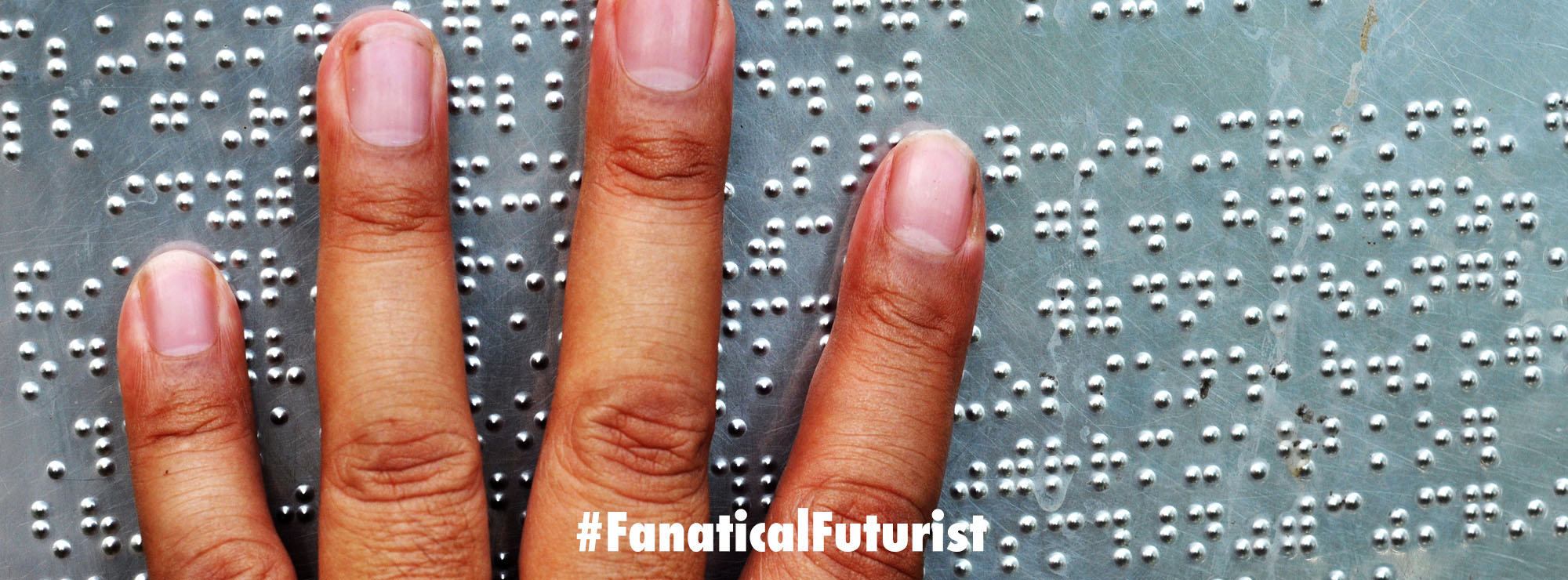WHY THIS MATTERS IN BRIEF
We can increasingly clone all of your biometrics, and your face could be next …
 Love the Exponential Future? Join our XPotential Community, future proof yourself with courses from XPotential University, read about exponential tech and trends, connect, watch a keynote, or browse my blog.
Love the Exponential Future? Join our XPotential Community, future proof yourself with courses from XPotential University, read about exponential tech and trends, connect, watch a keynote, or browse my blog.
A while ago I showed you how you could lift people’s fingerprints from a photo and then hack their phone with the result, and also how you could use Artificial Intelligence (AI) to create a fingerprint “master key” that could be used to unlock your devices. But what if I didn’t need a photo to unlock your devices, what if I could use your microphone to steal your fingerprints and then use the result to hack into your system?
Well, that’s the new kind of interesting biometric security attack that’s just been outlined by a group of researchers from China and the US. PrintListener: Uncovering the Vulnerability of Fingerprint Authentication via the Finger Friction Sound [PDF] proposes a side-channel attack on the sophisticated Automatic Fingerprint Identification System (AFIS).
The attack leverages the sound characteristics of a user’s finger swiping on a touchscreen to extract fingerprint pattern features. Following tests, the researchers assert that they can successfully attack “up to 27.9% of partial fingerprints and 9.3% of complete fingerprints within five attempts at the highest security FAR [False Acceptance Rate] setting of 0.01%.” This is claimed to be the first work that leverages swiping sounds to infer fingerprint information.
Biometric fingerprint security is widespread and widely trusted. If things continue as they are, it is thought that the fingerprint authentication market will be worth nearly $100 billion by 2032. However, organizations and people have become increasingly aware that attackers might want to steal their fingerprints, so some have started to be careful about keeping their fingerprints out of sight, and become sensitive to photos showing their hand details.
Without contact prints or finger detail photos, how can an attacker hope to get any fingerprint data to enhance MasterPrint and DeepMasterPrint dictionary attack results on user fingerprints? One answer is as follows: the PrintListener paper says that “finger-swiping friction sounds can be captured by attackers online with a high possibility.”
The source of the finger-swiping sounds can be popular apps like Discord, Skype, WeChat, FaceTime, etc. Any chatty app where users carelessly perform swiping actions on the screen while the device mic is live. Hence the side-channel attack name – PrintListener.
There is some complicated science behind the inner workings of PrintListener, but if you have read the above, you will already have a good idea about what the researchers did to refine their AFIS attacks. However, three major challenges were overcome to get PrintListener to where it is today:
- Faint sounds of finger friction: a friction sound event localization algorithm based on spectral analysis was developed.
- Separating finger pattern influences on the sound from a users’ physiological and behavioural features. To address this the researchers used both minimum redundancy maximum relevance (mRMR) and an adaptive weighting strategy
- Advancing from the inferring of primary to secondary fingerprint features using a statistical analysis of the intercorrelations between these features and design a heuristic search algorithm
To prove the theory, the scientists practically developed their attack research as PrintListener. In brief, PrintListener uses a series of algorithms for pre-processing the raw audio signals which are then used to generate targeted synthetics for PatternMasterPrint (the MasterPrint generated by fingerprints with a specific pattern).
Importantly, PrintListener went through extensive experiments “in real-world scenarios,” and, as mentioned in the intro, can facilitate successful partial fingerprint attacks in better than one in four cases, and complete fingerprint attacks in nearly one in ten cases. These results far exceed unaided MasterPrint fingerprint dictionary attacks.















